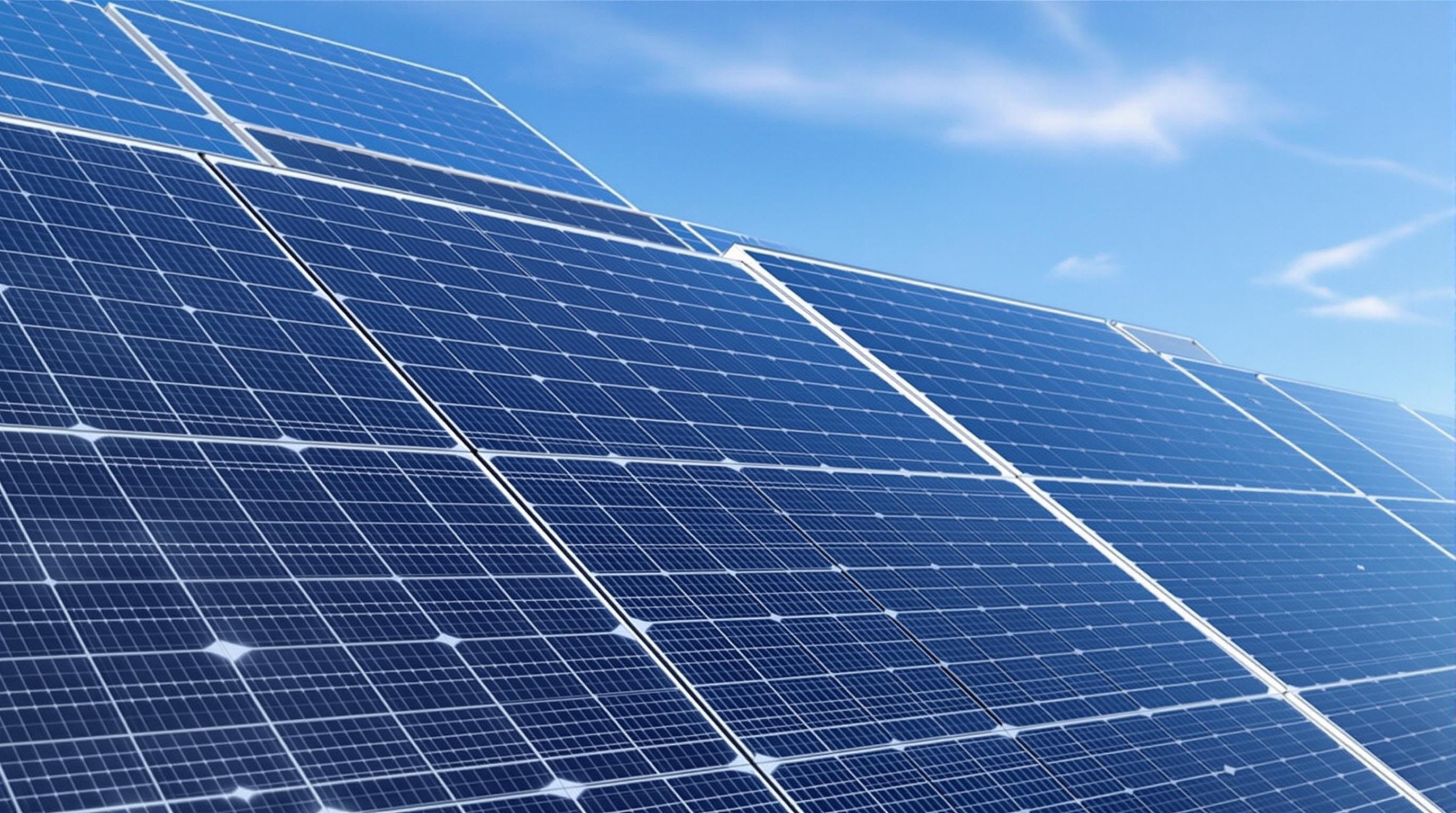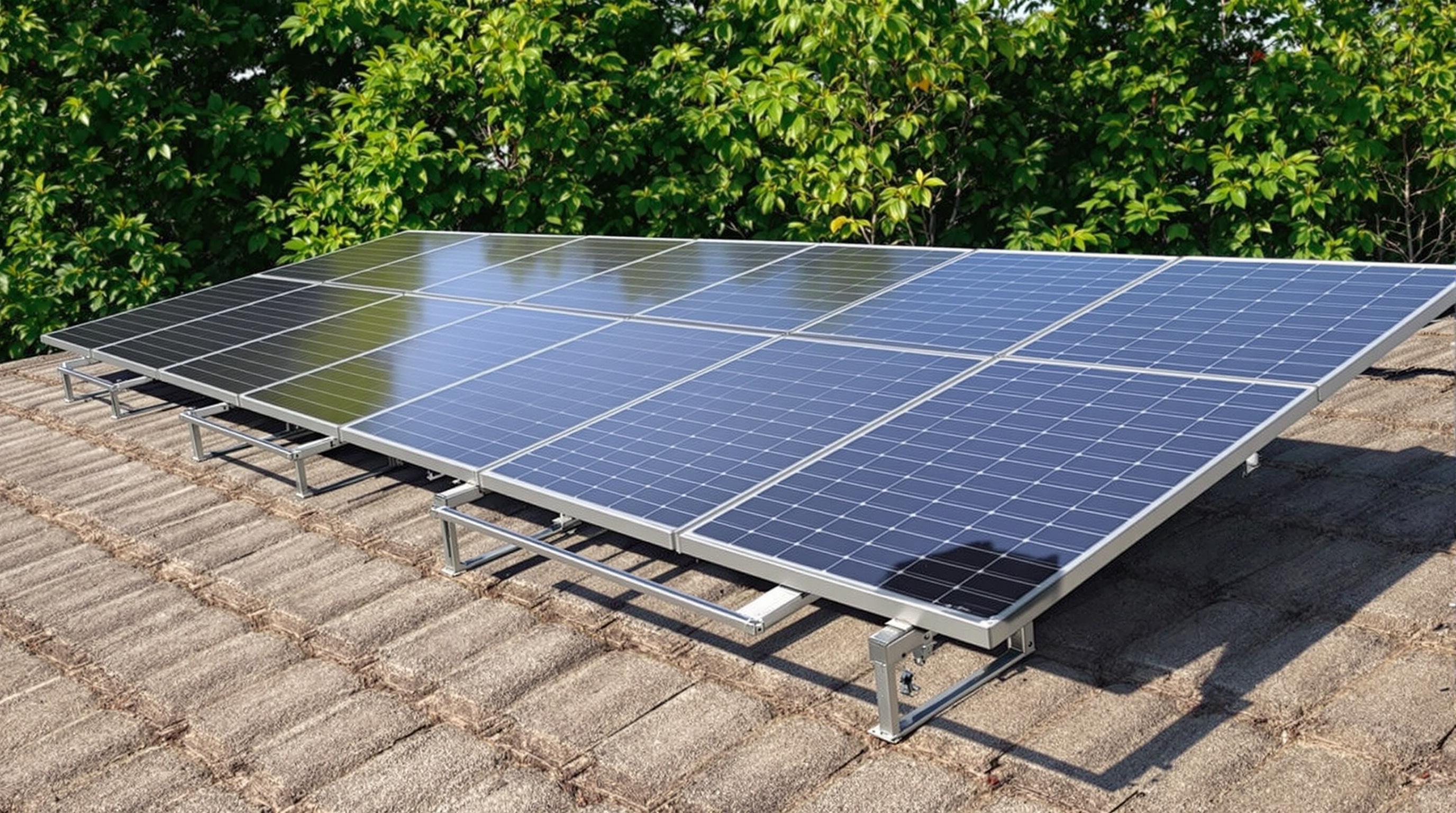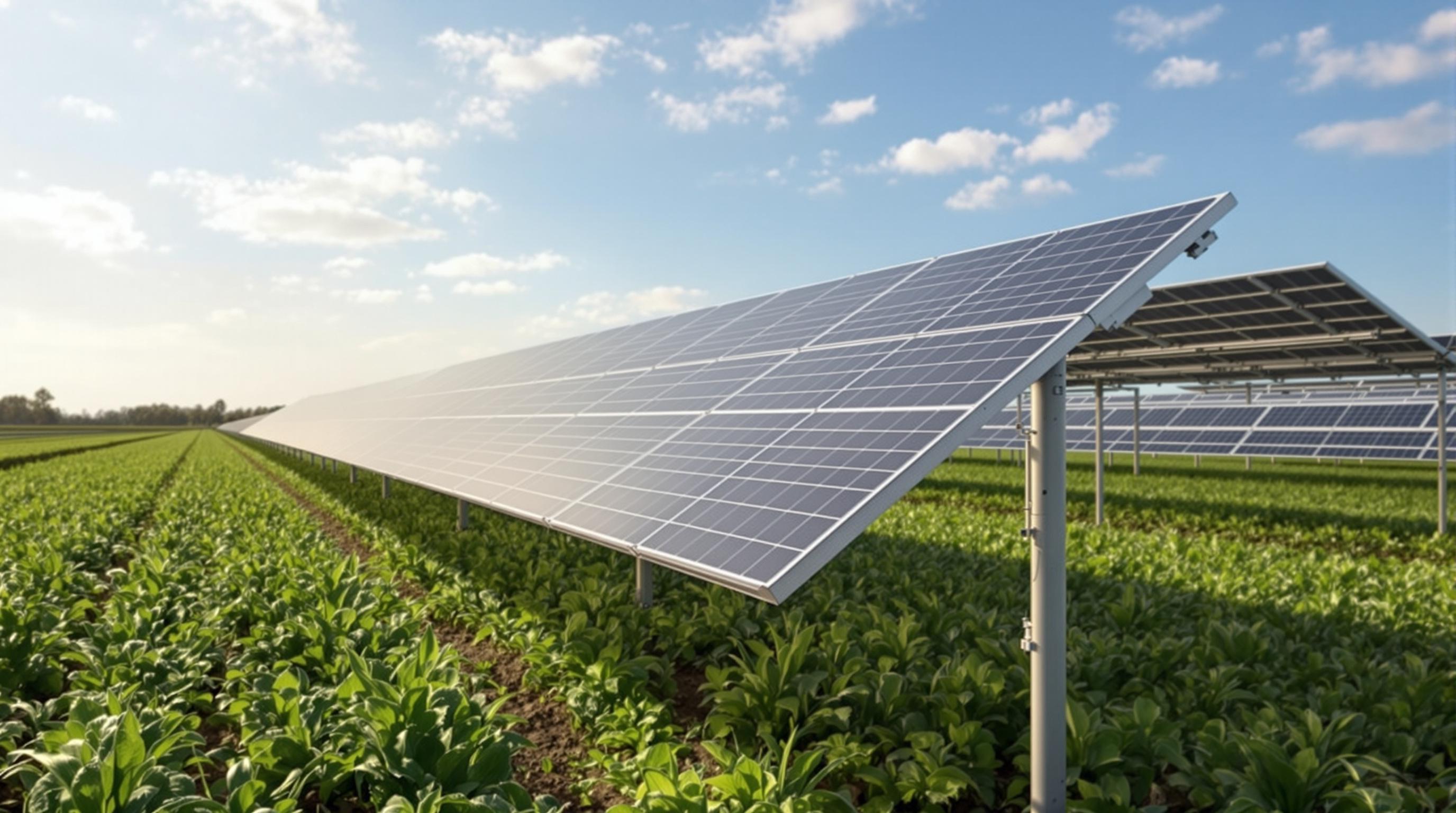Related Articles
- When Solar Meets Survival: How Remote Communities Forge Resilience Beyond Conventional Energy Networks
- Top 6 Solar Panel Warranty Plans from 2019-2024 That Actually Protect Your Investment Better Than the Rest
- Unlocking Community Power: Unseen Financial Models Transforming Renewable Energy Access in Rural Areas
- Unearthing the Shadow Market: How Forgotten Solar Tech Affects Modern Energy Futures
- Unlocking Soil Secrets: How Earth’s Microbes Influence Solar Panel Efficiency in Unseen Ways
- 7 Game-Changing SolarRoof Mounting Solutions From the Last Five Years You Haven’t Heard About
5 Lesser-Known Environmental Benefits of Ground Mounting Solar Systems You Should Consider
5 Lesser-Known Environmental Benefits of Ground Mounting Solar Systems You Should Consider
5 Lesser-Known Environmental Benefits of Ground Mounting Solar Systems You Should Consider
1. Preservation of Roof Integrity
Ground mounted solar systems do not require any modifications or penetration of roof surfaces. This prevents potential damage that could lead to leaks and reduced roof lifespan. By avoiding roof mounting, the structure remains intact and undisturbed.
Maintaining a healthy roof is crucial for energy efficiency and building safety. A compromised roof can increase heating or cooling costs and impair indoor air quality, negating some environmental gains from rooftop solar.
Commercial and residential buildings especially benefit, as ground systems allow solar adoption without invasive construction or future roof repairs related to solar panel installations (National Renewable Energy Laboratory, 2020).
2. Enhanced Land Use Optimization
Ground mounting solar arrays can be integrated with other land uses such as agriculture, grazing, or habitat restoration, a concept known as agrivoltaics or dual-use solar.
This multi-functional approach maximizes the productivity of the land, allowing both renewable energy generation and food production or biodiversity boosts simultaneously.
Research indicates agrivoltaic systems improve land-use efficiency by up to 60%, supporting sustainable development goals without expanding land footprint (Fraunhofer Institute for Solar Energy Systems, 2019).
3. Soil Health and Carbon Sequestration Benefits
Properly planned ground-mounted solar sites can contribute positively to soil restoration. By planting native grasses or ground cover beneath arrays, solar farms can enhance soil organic matter.
This vegetation can increase soil microbial activity, improve water retention, and reduce erosion, which helps in capturing atmospheric carbon more effectively than barren land.
Studies show that solar farms with native vegetation can sequester carbon at rates comparable to certain agricultural lands, contributing to climate change mitigation (Environmental Science & Technology, 2021).
4. Wildlife Habitat Creation
Ground-mounted solar systems often provide habitat opportunities for local wildlife. Reduced disturbance and planting native flora under panels create refuges for pollinators, birds, and small mammals.
In contrast to paved or intensively used lands, these solar fields can increase biodiversity, acting as stepping stones or corridors in fragmented landscapes.
Conservation groups advocate for solar farmland designs that support species like bees and butterflies, which are critical for ecosystems (Pollinator Partnership, 2022).
5. Improved Water Management
Ground solar arrays can be installed with permeable surfaces beneath, unlike traditional solar parking lot systems that use impermeable concrete. This facilitates natural groundwater recharge and reduces runoff.
Moreover, shade from panels can lower soil temperature and evaporation rates, helping retain soil moisture which benefits surrounding plant life in arid environments.
Innovative designs incorporate rainwater harvesting and site grading to promote sustainable water cycles and prevent erosion, enhancing local ecosystem resilience (US Department of Energy, 2023).
6. Lower Heat Island Effect
By preventing roof heat absorption and reducing reflective surfaces in urban environments, ground mounted systems with vegetation produce less heat retention compared to conventional rooftops or parking surfaces.
The shade provided by panels combined with cooler soil surfaces mitigates urban heat island effects, contributing to lower local temperatures and energy demand for cooling.
Such temperature moderation has public health benefits and contributes indirectly to lowered greenhouse gas emissions (Environmental Protection Agency, 2021).
7. Flexibility in Optimal Panel Orientation
Ground-mounted solar arrays can be strategically oriented and tilted to maximize solar exposure depending on geography and season, which is often limited by fixed roof angles in rooftop systems.
This flexibility allows for higher energy yields, meaning more clean electricity per installed panel, reducing the need for additional land or resources.
Maximizing efficiency supports broader adoption of solar while minimizing environmental footprint (Solar Energy Technologies Office, 2022).
8. Easier Maintenance and Monitoring
Ground mounted systems are more accessible for regular cleaning, adjustments, and repairs compared to rooftop arrays, which can be difficult and potentially hazardous to access.
Efficient maintenance ensures consistently high performance, preventing unnecessary energy losses and extending system lifespan, which helps conserve materials and reduce waste.
Improved operational reliability also enhances the overall sustainability profile of solar installations (International Renewable Energy Agency, 2021).
9. Potential for Future Expansion
Ground mounted installations are easier to expand as energy needs grow, as they are not limited by existing rooftop space.
This scalability allows communities and businesses to invest incrementally in solar capacity, encouraging long-term commitment to clean energy transitioning.
Expanding solar capacity without structural modifications makes ground systems environmentally and economically attractive over building lifecycle (Renewable Energy World, 2020).
10. Reduced Visual and Structural Impact in Urban Settings
Ground mounts can be placed in less conspicuous areas such as former industrial lots or undeveloped plots, minimizing aesthetic concerns and structural load issues commonly seen with rooftop systems.
This allows urban planners to integrate clean energy solutions while preserving architectural heritage and community character.
Smart urban siting of ground solar installations supports social acceptance and accelerates sustainable energy adoption (Urban Land Institute, 2022).



